I am working on a self device which will plug into the wall, similar to this Wifi extender.
I am having trouble finding a way to attach the AC connectors to my design. I am considering mounting a connector directly on the PCB, something like this example. This one is a bit too large through (the black housing).
Do pieces like the one I am looking for exist? Or what is another way I may consider making the AC outlet connection?



